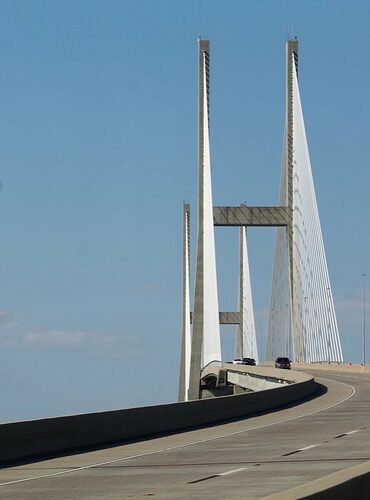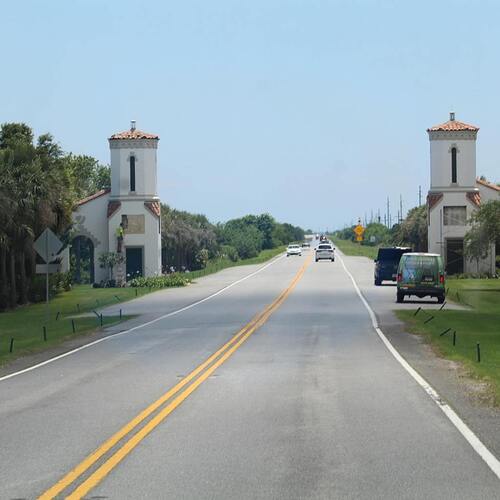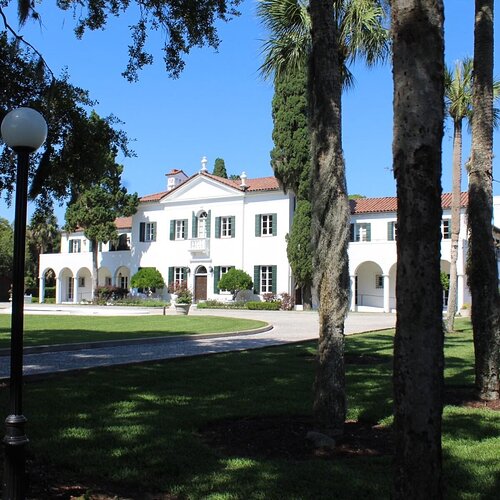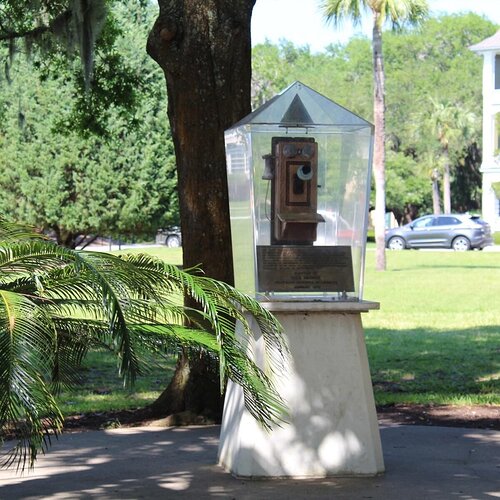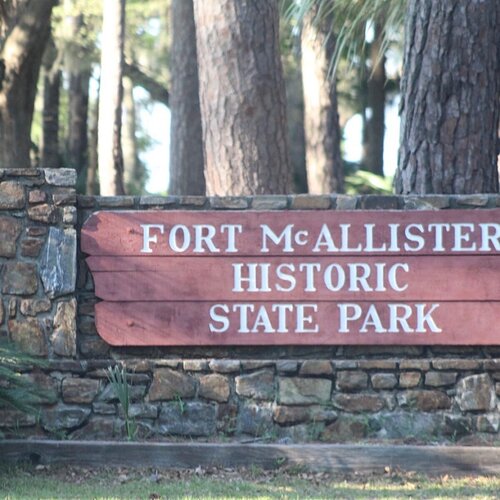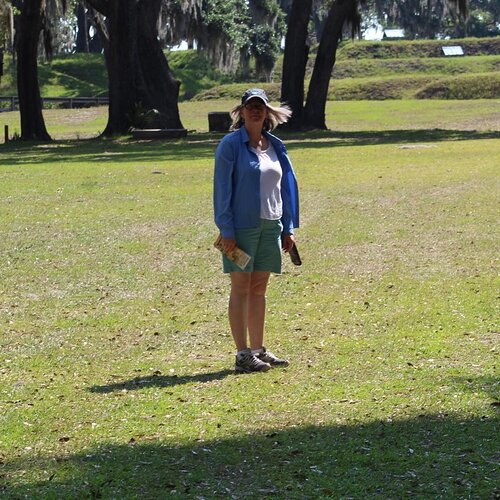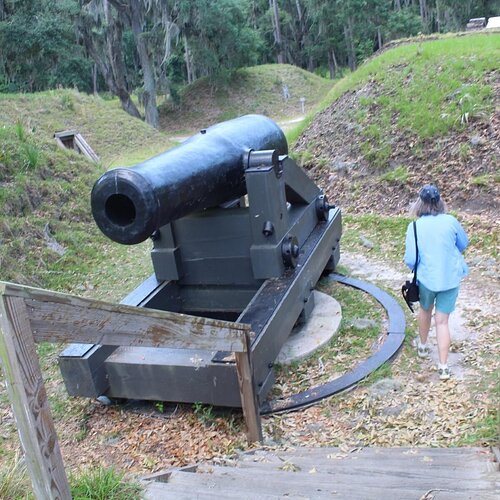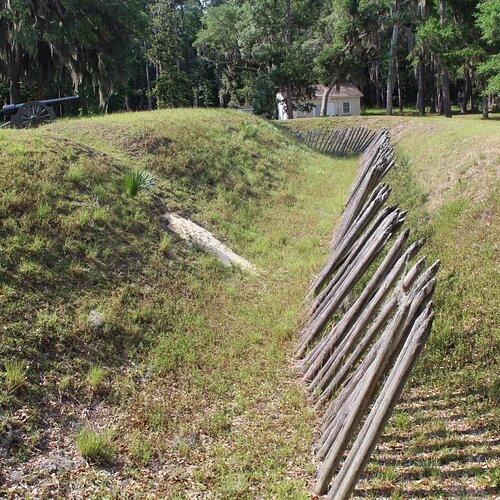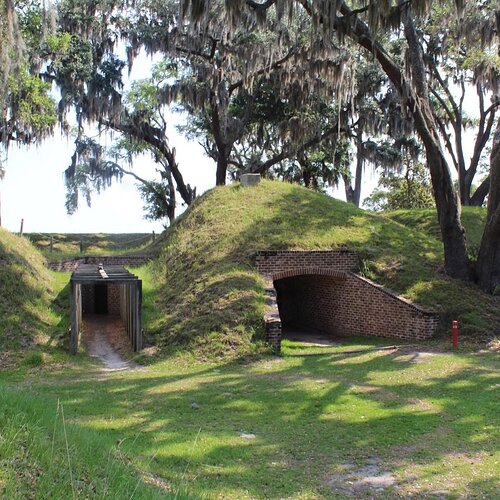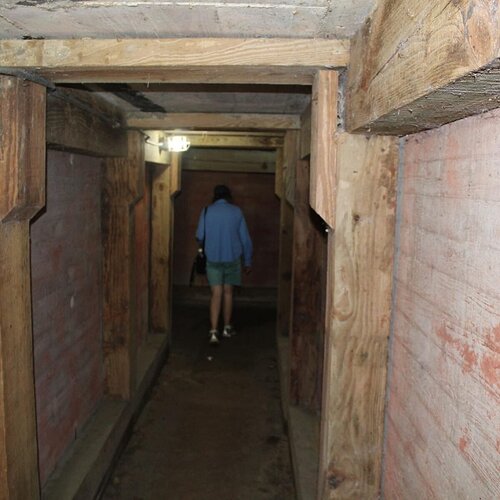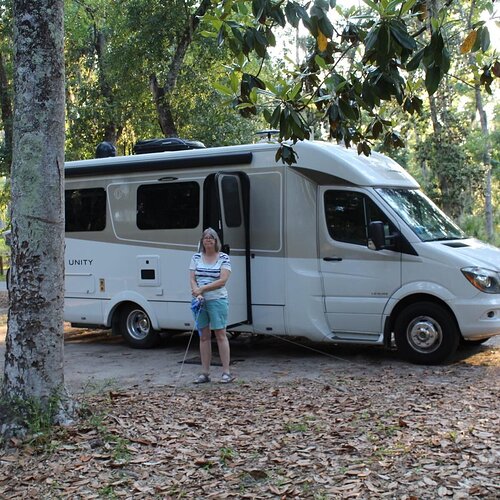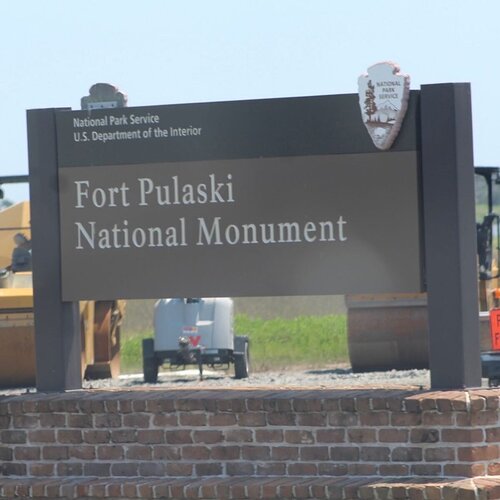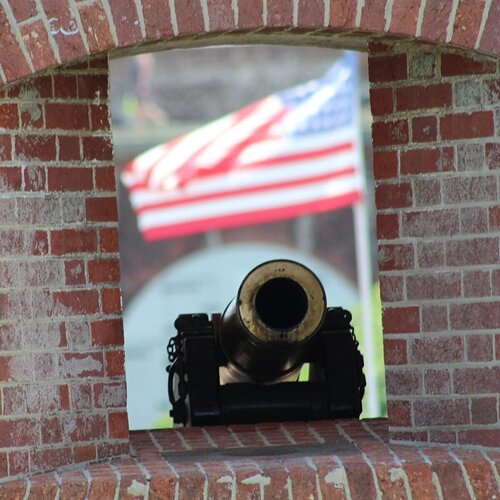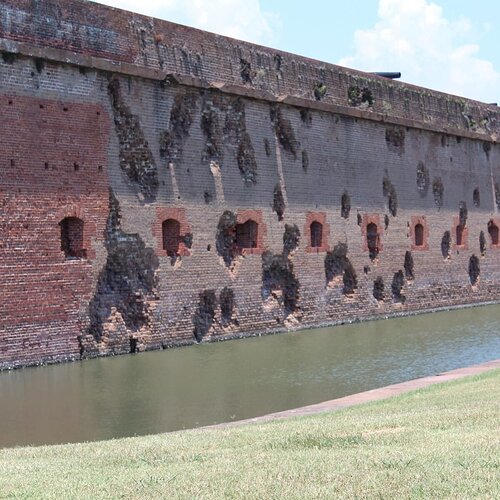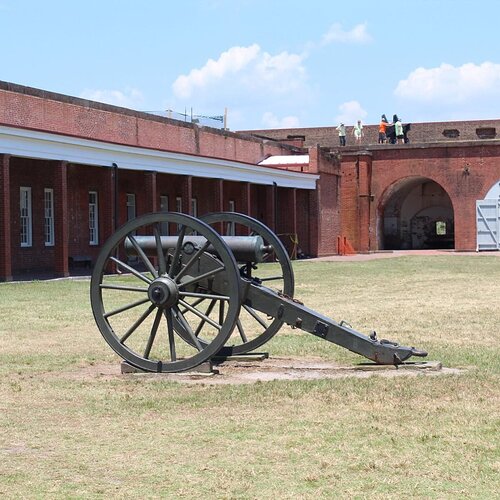Editor’s Note: This post is written by a member of LTV’s sponsored content team, The Leisure Explorers. Do you own a Leisure Travel Van and enjoy writing? Learn more about joining the team.
In 2019, we took a seven-month road trip in our Leisure Travel Van, including a Maritimes tour in Eastern Canada. To begin this adventure, we met up with other Leisure Travel Van owners and fellow members of The Southwest Roadrunners LTV Travelers Club in Quebec, Canada, in August of that year. On our way to Quebec from Southern Arizona, we decided to explore along the way.
Our trip would take us through Arizona, New Mexico, Texas, Louisiana, Mississippi, Alabama, Florida, Georgia, South Carolina, North Carolina, Virginia, Maryland, Pennsylvania, New Jersey, New York, Connecticut, Massachusetts, New Hampshire, Vermont, and Maine. Today, “I’ve got Georgia on my mind.”
In May of 2019, we left Jacksonville, Florida, and drove north up the east coast on Interstate 95 about 75 miles to Jekyll Island, Georgia. Jekyll Island is where the rich and famous built their winter mansions in the late 19th through early 20th centuries.
Wealthy businessmen, including Rockefeller, Morgan, and Vanderbilt families, came here to hunt, go horseback riding, play tennis, and frolic on the beautiful beaches on Jekyll Island from 1896-1942. They called themselves the Jekyll Island Club. The Jekyll Island Club was founded in 1886 when club members bought the island from its owner, John Eugene du Bignon, for $125,000 (today about $3.1 million), and the massive clubhouse was completed in 1888.
The first transcontinental telephone call was made here on Jekyll Island in 1915. The call was from the president of AT&T to Washington, D.C., speaking to President Woodrow Wilson, and then his second phone call was to Alexander Graham Bell in New York, and his third call was to Bell’s assistant in San Francisco. The Jekyll Island Club closed in 1942 at the start of rationing during World War II. The Island was bought by the state of Georgia in 1947.
Today, Jekyll Island is home to resorts, beautiful beaches, the Georgia Sea Turtle Center, and these beautiful mansions from the past in the historic district. We were going to camp for the night on Jekyll Island at a private campground called Jekyll Island Campground, but they wanted to charge us an “extra” $50 fee, and they wanted cash. We moved to another campground off the island and camped at Fort McAllister State Park.
After leaving Jekyll Island we visited Civil War Fort McAllister in Richmond Hill, Georgia. The fort was one of three built by the Confederates in defense of Savannah, Georgia. Fort McAllister was captured by General Sherman on December 13, 1864 during his “March to the Sea.”
Fort McAllister was designed by Captain John McCrady and reinforced after recommendations to do so were made by General Robert E. Lee in 1861. During the course of the Civil War, Fort McAllister was attacked by naval bombardment twelve times. In 1862, it was attacked by four Union Ironclad Monitors: the Montauk, Passaic, Nahant, and Patapsco. The Montauk had 11-inch and 15-inch cannons, the largest guns used during the war. The ironclads bombarded the fort for five hours, causing very little damage due to the design of the fort, which used earthworks to absorb the shells. The fort artilleries hit the Union ironclads fifteen times but didn’t cause any damage to the ships. (Wikipedia)
Come along as we explore Civil War Fort McAllister.
Fort McAllister just outside Savannah, Georgia is a very interesting and educational place, a must see the next time you tour Civil War battle fields. The fort’s history paints a picture of the struggle for survival, the loss of life, and the deep sense of honor each side held for their cause. These Civil War historic sites are important because if we don’t learn from history, we repeat it.
Our next stop was the Civil War Fort Pulaski, also near Savannah, Georgia. It took 18 years to build the fort, and only 30 hours for the northern Union armies to capture it. The main reason for this was that the fort wasn’t built to defend against the more technological weapons advances in the Civil War. In fact, the large number of casualties during the Civil War was due to the use of outdated tactics against the technological advancements of weaponry during the Civil War as well.
Join us next time as we explore the great state of Georgia. In part two of this story, we will explore the Native American mounds at Ocmulgee National Monument and President Roosevelt’s Little White House. Other historic sites we will be visiting in future segments of this series will include places like Stone Mountain and various other Civil War sites. Safe travels, my friends.
This is a companion discussion topic for the original entry at https://leisurevans.com/blog/ive-got-georgia-on-my-mind-part-one/

